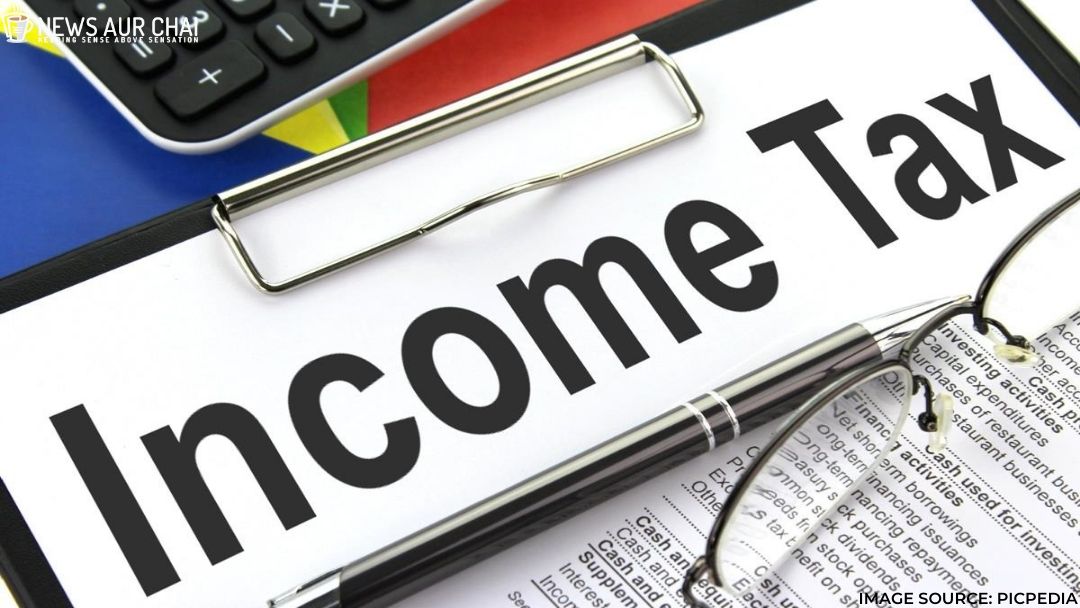
In India, an individual taxpayer pays his amount of direct tax as per the provisions of the Income Tax Act, 1961. The Finance Act is an annual Act that gives effect to various financial proposals and amendments at the beginning of every Financial Year (FY). The Central Government implements the effect. The Union Budget of India for the FY 2020-2021 (Assesment Year (AY) 2021-2022) was introduced by the Finance Minister, Mrs Nirmala Sitharaman on February 1, 2020.
One of the major highlights of the Union Budget was the introduction of ‘New Slab Rates’ for calculating the taxpayer’s liability to the government. Mrs Sitharaman had mentioned in her speech that, “The new tax regime shall be optional for the taxpayers. An individual, who is currently availing more deductions and exemption under the Income Tax Act may choose to avail them and continue to pay tax in the old regime.” It is to be noted that the tax slabs are subject to change every year with the presentation of the Budget.
Income Tax Slabs as per the New Regime ( can be opted for w.e.f. the FY 2020-2021)
|
Income Tax Slabs |
Tax Rate |
|
Upto ₹ 2,50,000/- (Basic Exemption Limit) |
NIL |
|
₹ 2,50,000/- to ₹ 5,00,000/- |
5% |
|
₹ 5,00,001/- to ₹ 7,50,000/- |
10% |
| ₹ 7,50,001 to ₹ 10,00,000/- |
15% |
| ₹ 10,00,001/- to ₹ 12,50,000/- |
20% |
| ₹ 12,50,001/- to ₹ 15,00,000/- |
25% |
|
₹ 15,00,001/- to any such higher amount |
30% |
Points to be remembered (New Tax Regime):
- The Individual can calculate his tax liability under both the Old, as well as the New Tax Regimes. He can opt for that calculation which is beneficial for him;
- Under the Old Regime, taxpayers can avail exemptions and deductions and continue to pay tax at the current high rates. As per the New Regime, the taxpayers will have to give up around 70 exemptions and deductions from FY 2020-2021 onwards and will be taxed at lesser tax rates. A few of the exemptions and deductions which will have to be surrendered are as follows:-
- Leave Travel Allowance (LTA);
- House Rent Allowance (HRA);
- Children Education Allowance;
- Standard Deduction;
- Professional Tax;
- Interest on housing loan;
- Chapter VI-A Deductions (except Sections 80CCD(2) and 80JJA), etc.
- The Surcharge applicable for the various Income Limits are as follows:-
|
Income Limit |
Tax Rate (existing rates) |
|
Total income more than ₹ 50 lakhs but less than ₹ 1 crore |
10% |
|
Total income more than ₹ 1 crore but less than ₹ 2 crores |
15% |
| Total income more than ₹ 2 crores but less than ₹ 5 crores |
25% |
| Total income more than ₹ 5 crores |
37% |
- ‘Health and Education Cess’ @ 4% (existing rate);
- In case the taxpayer decides to opt for the New Regime, he must do so within the Due Date for filing the Return of Income for the AY 2021-2022.
- In case the Individual taxpayer has Business Income, he has the freedom to opt-out of the New Regime ONCE. Once he has come out of the New Regime, he will have to pay his tax as per the Old Regime.
- The Individual taxpayer might also get the benefit of Rebate under Section 87A of the Income Tax Act, 1961.
|
Financial Year |
Max. amount of Total Income (in INR) | Rebate u/s 87A (in INR) |
|
2018-2019 |
3,50,000/- |
2,500/- |
| 2019-2020 | 5,00,000/- |
12,500/- |
Category 1: For Individuals who are Residents below the age of 60 and Non-Residents of any age
Income Tax Slabs as per the Old Regime
|
Income Tax Slabs |
Tax Rate |
|
Upto ₹ 2,50,000/- (Basic Exemption Limit) |
NIL |
|
₹ 2,50,001/- to ₹ 5,00,000/- |
5% |
| ₹ 5,00,000/- to ₹ 10,00,000/- |
20% |
| ₹ 10,00,001/- to any such higher amount |
30% |
Category 2: For Individuals who are Residents above the age of 60 but below the age of 80 (Senior Citizens)
Income Tax Slabs as per the Old Regime
|
Income Tax Slabs |
Tax Rate |
|
Upto ₹ 3,00,000/- (Basic Exemption Limit) |
NIL |
|
₹ 3,00,001/- to ₹ 5,00,000/- |
5% |
| ₹ 5,00,000/- to ₹ 10,00,000/- |
20% |
| ₹ 10,00,001/- to any such higher amount |
30% |
Category 3: For Individuals who are Residents of age 80 and above (Super Senior Citizens)
Income Tax Slabs as per the Old Regime
|
Income Tax Slabs |
Tax Rate |
|
Upto ₹ 5,00,000/- (Basic Exemption Limit) |
NIL |
| ₹ 5,00,000/- to ₹ 10,00,000/- |
20% |
| ₹ 10,00,001/- to any such higher amount |
30% |
Points to be remembered (for all three categories under Old Tax Regime):
- ‘Surcharge’ and ‘Health and Education Cess’ will apply as per the existing rates.
Other points to be kept in mind:
- The Individual taxpayers who earn taxable income of up to Rs 5,00,000/- will be exempted from BOTH the Old and the New Regimes.
- Tax rates for Companies, Hindu Undivided Families (HUFs) and other forms of Assessees does not seem to have any change in their tax rates as per the Union Budget 2020.
Krishna Kumar Karwa, Managing Director of Emkay Global Financial Services, said, “The option to individuals to opt for a lower tax slab structure with no deductions or to continue with the earlier higher slabs with deductions for home loan EMIs, investments in insurance etc seem slightly confusing.”
Furthermore, Ankur Chowdhary, Co-Founder and Chief Information Officer (CIO) of Goalwise.com had mentioned that “the option to choose the old or the new income tax regime would just complicate filing income tax returns which was already a complicated process for individual taxpayers.” Ultimately, the taxpayer has to choose that option which will fulfil his duty as a Citizen and that which is beneficial to him.





